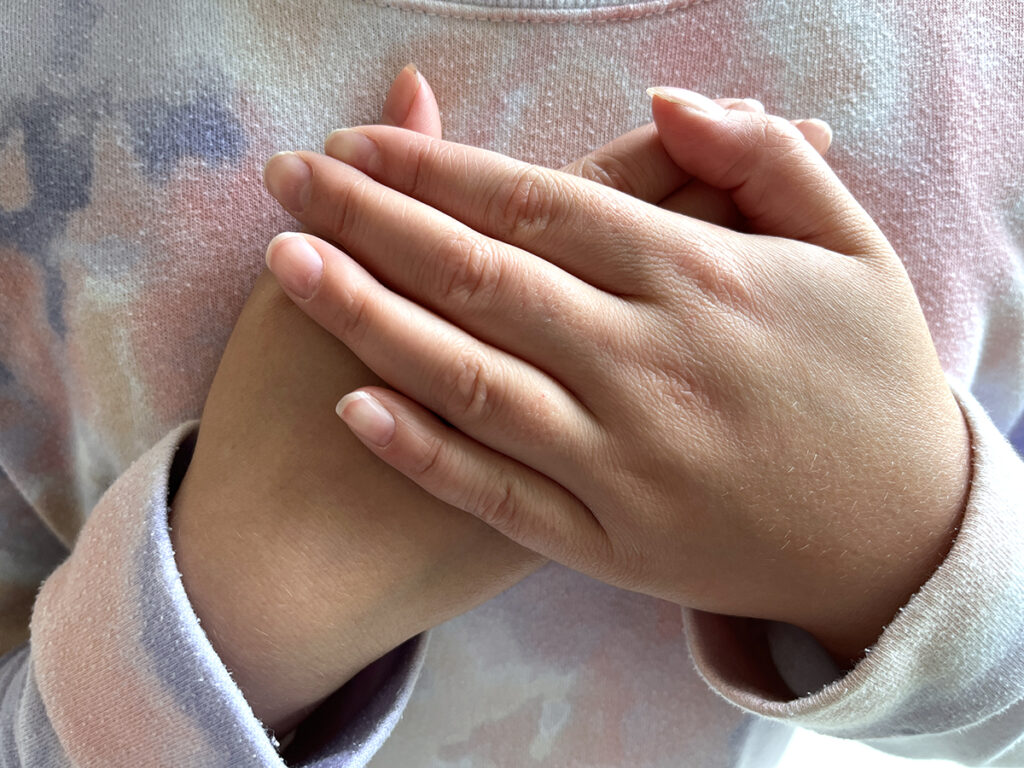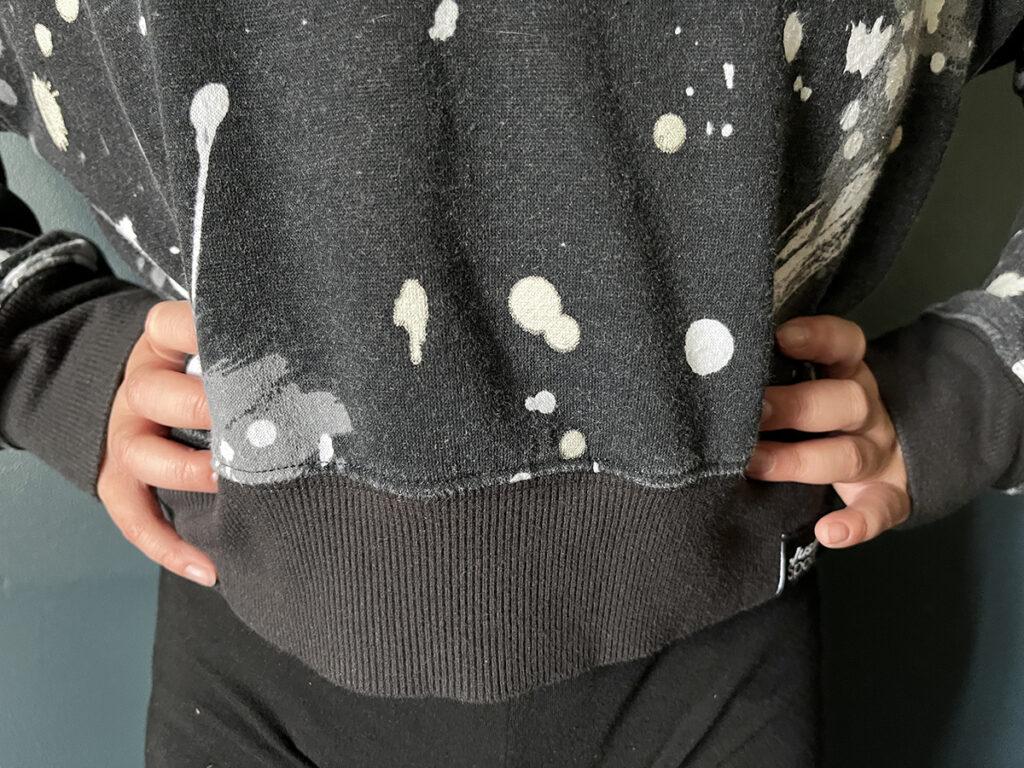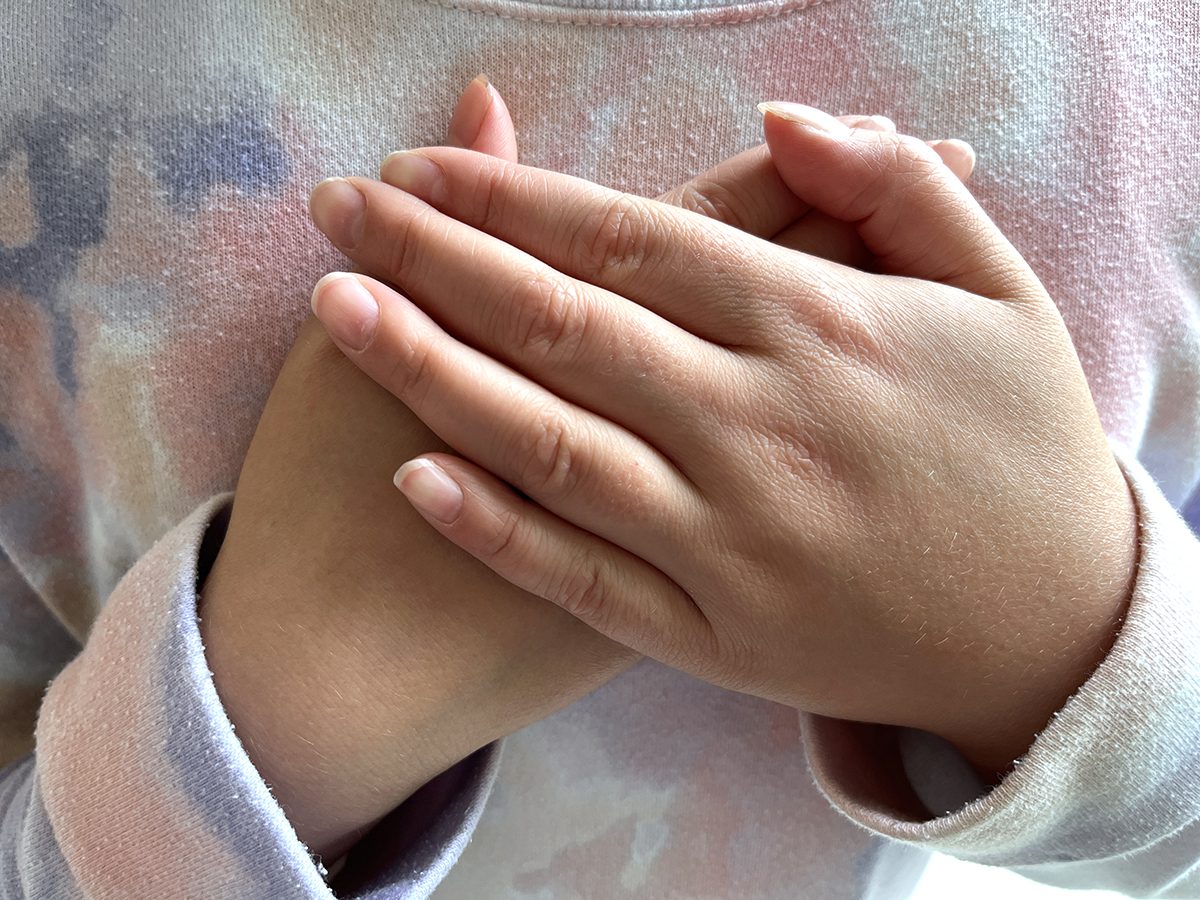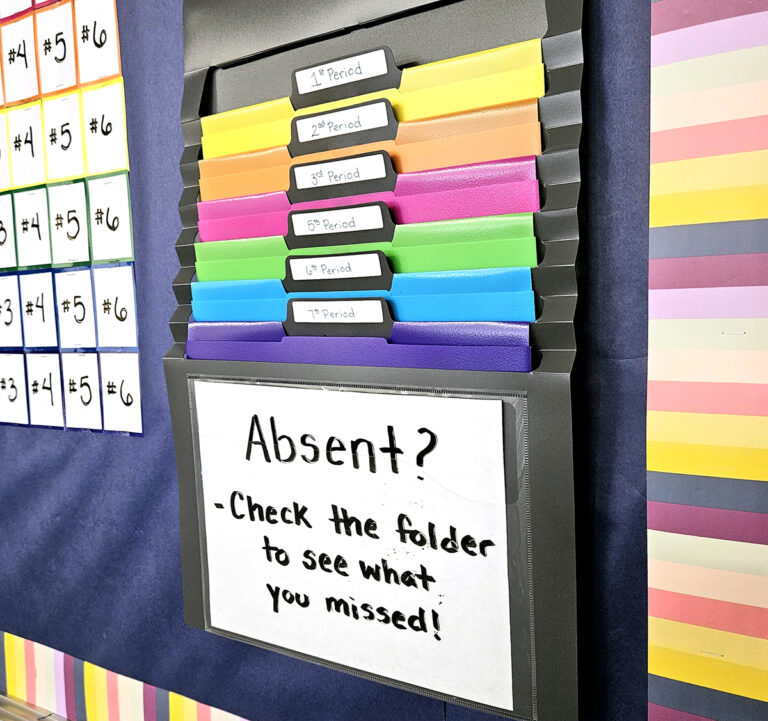Living in the age of on-demand and constant sensory stimulation, art teachers face distractions from every direction. For example, you may have noticed your art students have devices at their fingertips and are paying more attention to them than what you are teaching. How does constant stimulation surface in your art room? You may have already tried a long list of strategies to get your students to pay better attention. What if the power to increase focus comes from within your students and all you need to do is guide them to it?
If you are looking for ways to increase focus in your art room, keep reading for mindful solutions.

One way you can help your art students overcome the effects of constant stimulation and increase focus is by bringing mindfulness activities into the art room. Mindfulness has become a popular practice in recent years. According to mindful.org, “Mindfulness is the basic human ability to be fully present, aware of where we are and what we’re doing, and not overly reactive or overwhelmed by what’s going on around us.”
As an art teacher and artist yourself, you have a deep understanding of how mindfulness plays an essential role in the creative process. Making art often immerses you in the experience and demands your full attention. Signaling cleanup can become quite a disappointing interruption when your students are absorbed in their artwork. Other days, your students may struggle with starting or maintaining focus during class. In those instances, it can be helpful to have some simple and quick “go-to” strategies to implement into your practice. Use mindfulness inside and outside of the art room to help your students redirect their focus whenever and wherever they need it.
Here are four mindful practices to explore with your art students.
1. Visualize creating art.
Visualizing is like daydreaming or watching a movie play in your imagination. Visualizing for success is a common practice amongst athletes. You can learn more about how Olympian Michael Phelps used it in this video. Like athletes, artists also create success in their minds.
One familiar connection art teachers have is the Studio Habit of Mind called Envision. According to Figure 1.2. Eight Studio Habits of Mind of Studio Thinking 2: The Real Benefits of Visual Arts Education, Second Edition, envisioning is “learning to picture mentally what cannot be observed and imagine next steps in making a piece.” Envisioning the creative process can be a powerful tool for planning what artwork can look like when it’s finished. This doesn’t have to be just at the beginning of class, and it can be used at any time.
Let’s explore three ways you can use envisioning or visualization in your art room to increase focus.
- Guide students through the process of creating thumbnail sketches to stretch their ideas during brainstorming.
- Ask students to close their eyes and imagine practicing a new and challenging technique with ease.
- Prompt students to visualize presenting artwork during a critique in front of their peers with confidence.

2. Breathe.
Breathwork has been around for a long time, and the good news is that it’s free and accessible to everyone. Focusing on the rise and fall of your chest and the movement of your belly as you inhale and exhale brings you into the present moment. The Children’s Hospital of Philadelphia shared that when you slow down and focus on your breathing, it tells your brain that everything is fine and your body can relax. Imagine beginning your art classes with a few mindful breaths to help your students calmly transition into the art room. If you are looking for a demonstration to show your students how to breathe mindfully, check out this video.
3. Strike a superhero pose.
Did you know art teachers wear their superhero capes backward? That’s right! Our aprons add a layer of protection and help us level up our super artistic powers. Humor aside, try standing with your chest puffed out, hands on your hips, and feet should-width apart for about a minute. Check in with your mood and make a mental note before and after your superhero pose. Changing your posture may elevate your confidence and allow you to focus on what’s on your plate better. Try it with your art students to redirect their focus on the creative process.
When can you try this with your students?
- Early in the morning when they are sleepily arriving in the art room.
- Before presenting their final artwork in front of the class.
- At the end of your class to prepare for a big exam in their next class.

4. Shake it off.
Have your students ever walked into the art room after taking a major test? Or, maybe they are stressed from stuff outside of school. We all know how having a bad day can carry over into our teaching and learning. When you notice the mood of your students could use a little boost, try having them shake it off—and I don’t mean singing and dancing to the popular and familiar song. Shaking off the day helps you break away from your previous state of mind and calm the nervous system.
What can this look like?
- Act like you are flicking mud off of your hands.
- Pretend you thought of something yucky and are shaking it out of your body and mind.
- Do a little dance to get the silliness out.
When can you “shake it off” with your students?
- If a stressful situation is bringing them down in class.
- After an argument or difficult conversation with a peer.
- When they are stuck in self-doubt or a negative self-talk loop in their minds.
If shaking it off increases excitement in your students, you may want to bring them back to the present moment with some calming breathwork before starting your lesson.
Creating artwork can require an extreme amount of focus for any artist. With the demands and distractions of life and school for our students, getting started on artwork can sometimes be challenging. Facilitate quick “go-to” strategies to bring mindfulness into your art room. It can increase focus, leaving a lasting benefit on your art students. It will provide you and your students with tools to use during the creative process and beyond, both in and out of the art room.
Discover more activities inspired by mindfulness in the AOEU archives:
- Five Minute Mindfulness
- Mindfulness in the Elementary Art Room Pack in PRO Learning
- Guided Mindfulness Collection in FLEX Curriculum
- Mindfulness Wheel Collection in FLEX Curriculum
- The Mindful Art Teacher (Ep. 219)
What mindful practices do you do with your students?
If you have incorporated mindfulness into your art room, share how it has positively impacted your students!
Magazine articles and podcasts are opinions of professional education contributors and do not necessarily represent the position of the Art of Education University (AOEU) or its academic offerings. Contributors use terms in the way they are most often talked about in the scope of their educational experiences.





